The Generations of Pain I Felt in One Racist Moment
Share
Explore Our Galleries
Breaking News!
Today's news and culture by Black and other reporters in the Black and mainstream media.
Ways to Support ABHM?
By Ahna Fleming, New York Times
What it means to be both Black and white, and neither, in a polarized United States.

This article is also a weekly newsletter. Sign up for Race/Related here.
My skin is light, but my curls reveal my Blackness. It only takes one drop. Being half Black and half white means I cannot easily check off one box or another. And I’m not alone — the number of people identifying as multiracial in the United States has surged in recent years.
I am too Black to be white and too white to be Black.
I rarely feel as though I belong in places like the one my friends and I were at on July 5: An overcrowded New Jersey bar decorated in red, white and blue, where I could count the number of Black people on one hand. That night, though, I felt indignant.
If you’re unfamiliar with the term “mulatto,” as many of my friends were before the holiday weekend, it is an offensive, archaic term to describe a person with white and Black parents. Derived from the Spanish word for mule, or “mulo,” it was used during slavery to liken biracial people to the hybrid animal and to justify their legal and social oppression.
A white guy came up to me in the bar and tapped my shoulder. He didn’t greet me before asking, “Are you half white, half Black?” I rolled my eyes without responding.
Then: “I love mulattos,” he said, before doubling down and going even further, saying in vulgar sexual terms what he’d love to do to “a mulatto.”
Excuse me? What era are we in? I felt like I was being mocked, sexualized and dehumanized.
“For somebody to use it today, it really is an especially derogatory use, because it’s really going back to the era of slavery in the U.S.,” said Ann J. Morning, a sociology professor at New York University whose research focuses on racial classification and multiracial identity.
Many people fail to understand how much inr our lives stems from slavery.
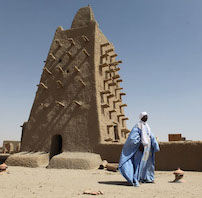
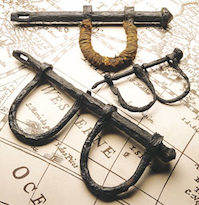
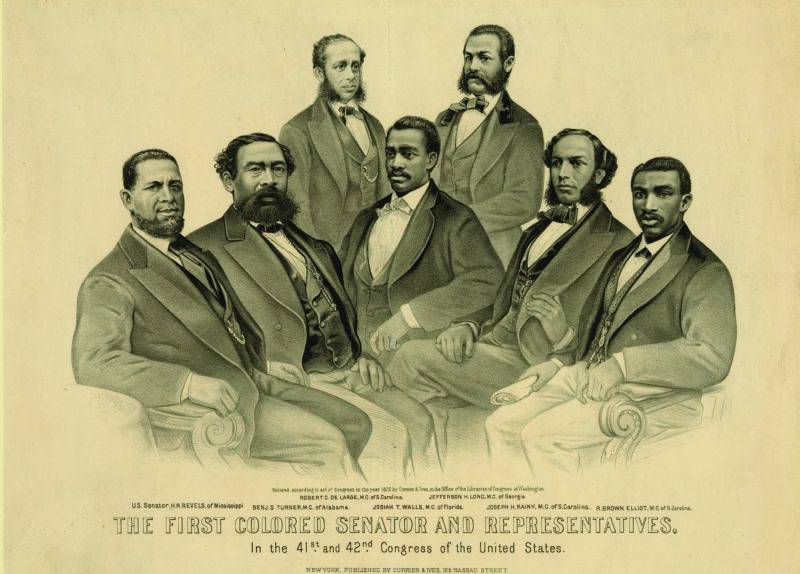
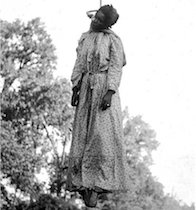
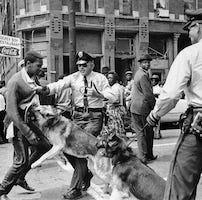
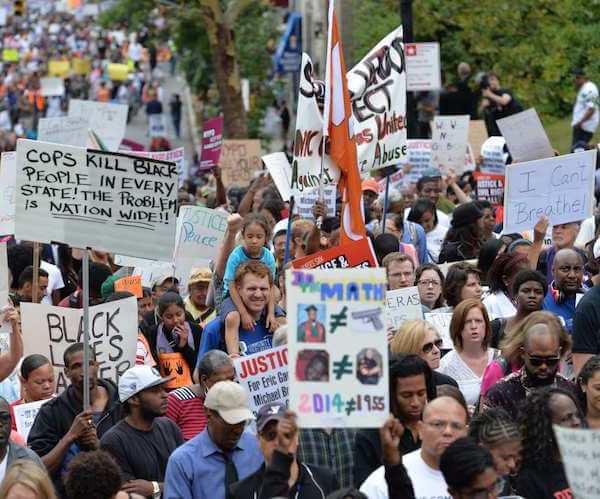
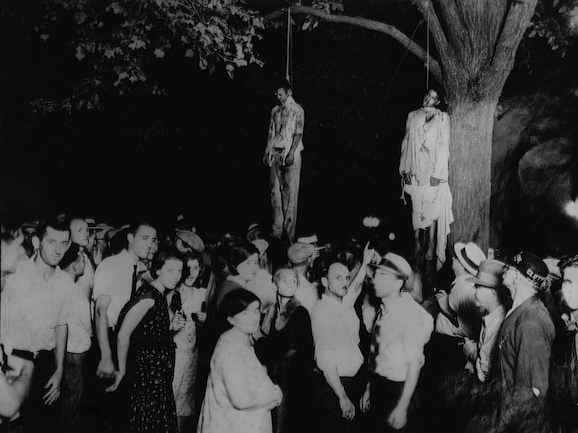
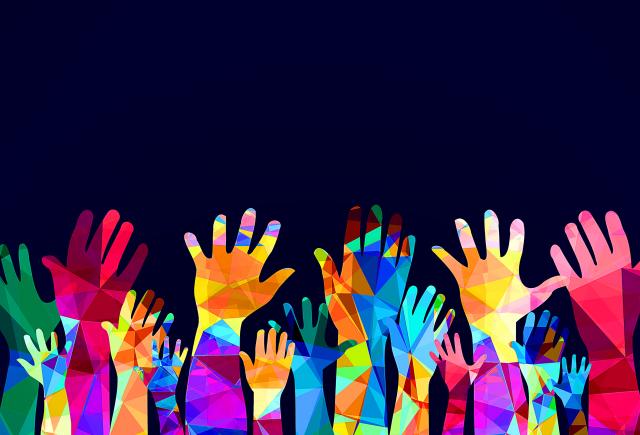
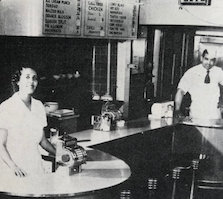
Comments Are Welcome
Note: We moderate submissions in order to create a space for meaningful dialogue, a space where museum visitors – adults and youth –– can exchange informed, thoughtful, and relevant comments that add value to our exhibits.
Racial slurs, personal attacks, obscenity, profanity, and SHOUTING do not meet the above standard. Such comments are posted in the exhibit Hateful Speech. Commercial promotions, impersonations, and incoherent comments likewise fail to meet our goals, so will not be posted. Submissions longer than 120 words will be shortened.
See our full Comments Policy here.